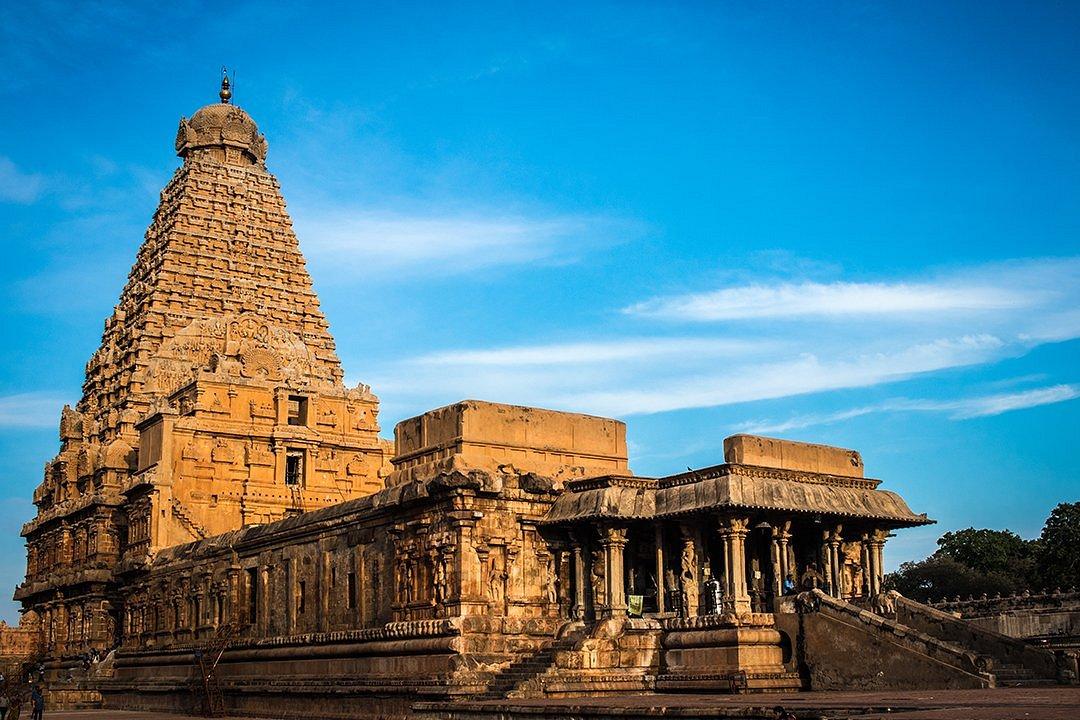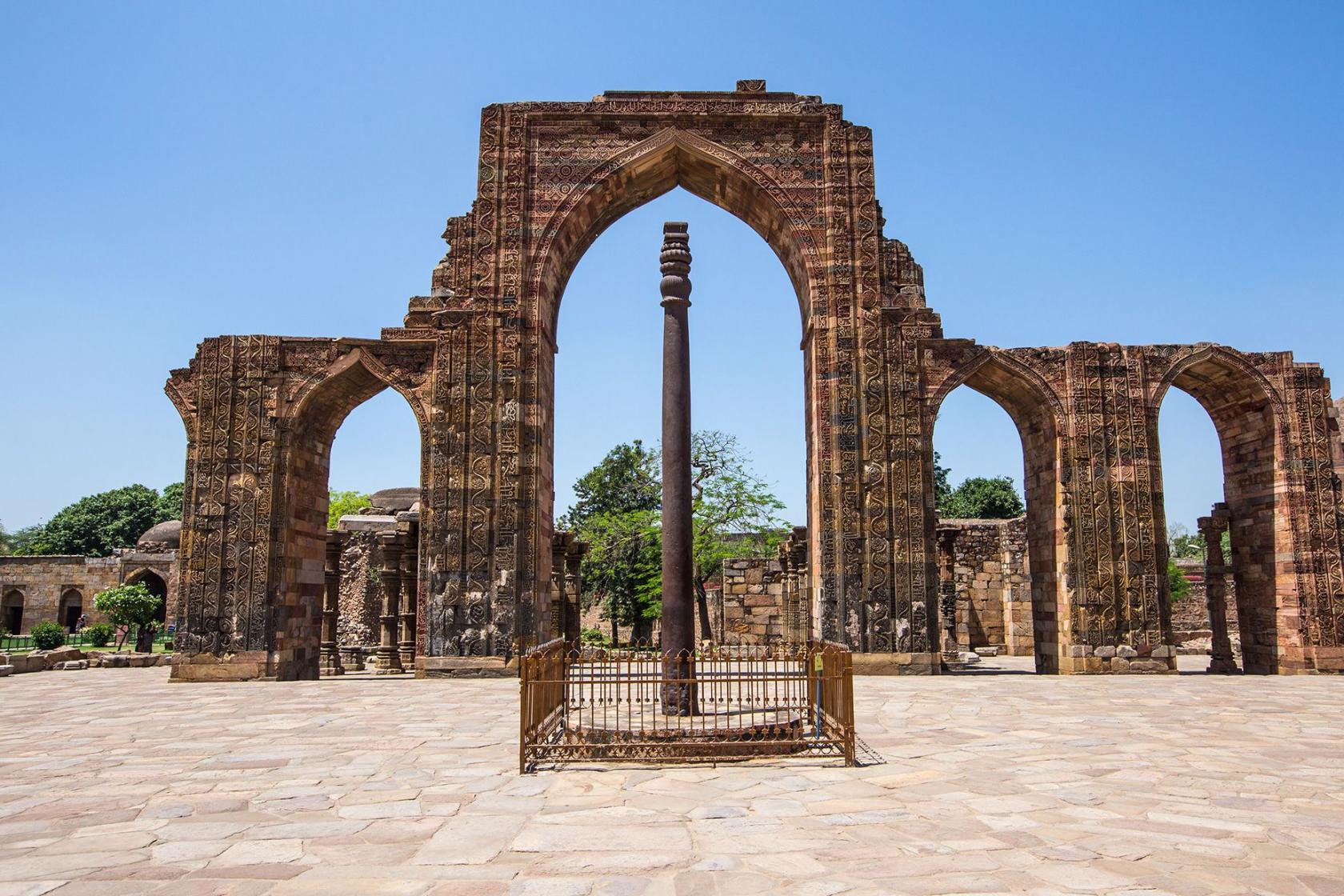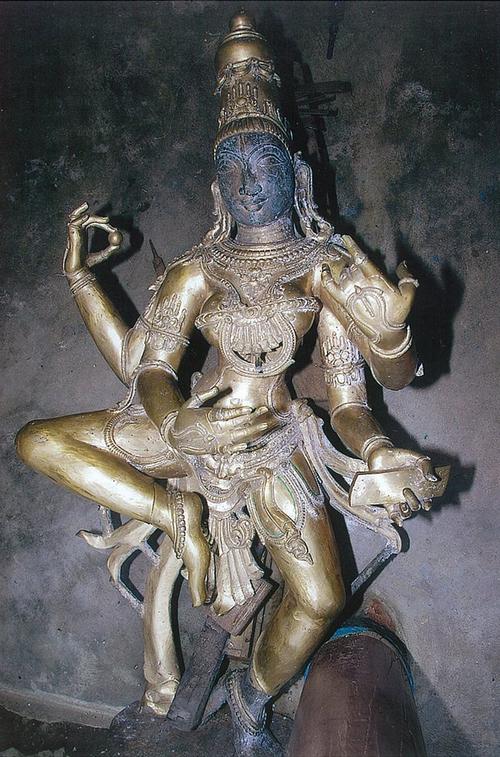Skip to main content
Indian Knowledge System in Action
Indian Knowledge Systems (IKS) in Action & Definition
I. Examples of IKS in Action
A. Brihadisvara Temple, Thanjavur

-
Construction: Built by Raja Raja Chola I, completed in 1010 CE.
-
Material: Entirely constructed of granite.
-
Scale:
- Approximately 60,000 tons of granite used.
- Features the world's tallest temple tower (Vimanam).
- The upper structure (Kumbam) weighs about 80 tons and is 200 feet tall.
-
Engineering Marvel: Placing an 80-ton stone on top of a 200 feet tower 1000 years ago required a deep understanding of engineering.
-
Supply Chain Issue: There is no granite within 65-70 kilometers radius of Thanjavur, leading to the questions on supply chain management. Thus pointing towards advanced knowledge of supply chain and procurement.
B. Musical Pillars
-
Location: Found in some Dravidian temples.
-
Function: Produce musical notes (sa, re, ga, ma, etc.) when tapped.
-
Material: Made of granite.
-
Implies: Knowledge of sound and frequency
C. Iron Pillars

-
Delhi Iron Pillar: Located near Qutub Minar.
-
Other Iron Pillars: Dhar, Madhya Pradesh (approx. 7,000 kgs., 12th Century CE), Mount Abu, Bhubaneswar, Konark (29 iron beams), Puri (239 pillars found under sea).
-
Implication: These point towards well-established metal working industry.
D. Pancha-Loha Idols

-
Description: Beautiful idols from the Chola period, often smuggled out of the country.
-
Material: Made of Panca-loha (alloy of five metals: Gold, Silver, Copper, Zinc, and Lead).
-
Manufacturing Process:
- Based on an original sculpture.
- Uses a process called madhu Madhucchista Vidhanam (bee-hive wax technique).
- Lost wax casting using the bee wax process started in 17th century and was being done in India for 1500+ years.
E. Sacrificial Altars

-
Syenachiti: Ancient sacrificial altar.
-
Construction: Specific geometrical shapes and exact numbers of pieces (e.g., the flying falcon with exactly 200 pieces).
-
Varieties: Indians used 75-77 varieties of altars.
-
Implies: Good mathematical understanding and foundation.
II. Defining Indian Knowledge System (IKS)
A. Three Components
-
Indian:
-
Geographically: Refers to the undivided Indian subcontinent (Akhanda Bharata), from Afghanistan to Burma/Thailand.
-
Demographically: Those born/lived in India for a substantial time and fully integrated into the culture (including long-term foreign residents).
- Excludes foreign translations or accounts that are not generated by Indians.
-
Knowledge:
- Emanates from wisdom and deep experiences.
- Includes observations, experimentation, and analysis.
- Has formal literary repositories and oral traditions.
- Includes cultural practices and health knowledge existing in oral traditions
-
System:
- A structured methodology and classification scheme.
- A system for accessing available knowledge.
- Complete, compact, and interconnected, with important components not missed.
- Includes a logical relationship between components.
B. Dimensions of IKS
-
Spiritual, Religious and Others (Secular, supply chain management, metal working, day to day activities).
C. Key Characteristics of System
- The knowledge system permeates three dimensions (spiritual, religious, and others).
- The system aims for complete knowledge with all important components.
- The knowledge is well organized, logically interconnected, and efficient.
III. Conclusion
- IKS is defined by a combination of a geographical, demographic identity (Indian), a wisdom-based knowledge system, and a structured approach to knowledge (system).




